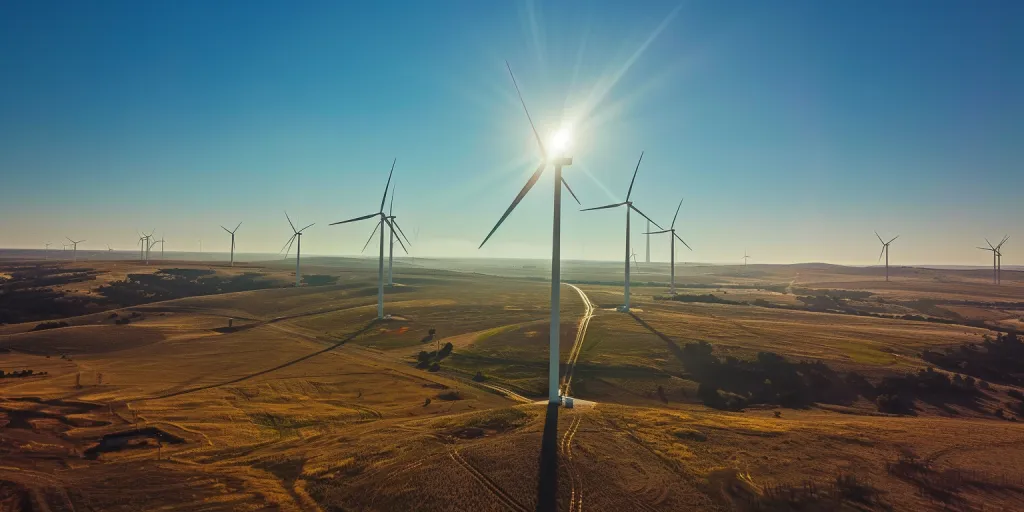The dawn of renewable energy has brought with it a myriad of sources promising a greener, more sustainable future. Among these, sunrise wind stands out as a beacon of potential, harnessing the early morning breezes to generate power. This article delves into the essence of sunrise wind, exploring its significance, technological advancements, environmental impacts, economic benefits, and challenges faced. By breaking down complex concepts into digestible explanations, we aim to shed light on why sunrise wind is becoming an increasingly important player in the renewable energy sector.
Table of Contents:
– Understanding sunrise wind and its significance
– Technological advancements in harnessing sunrise wind
– Environmental impacts of sunrise wind energy
– Economic benefits of investing in sunrise wind
– Challenges and solutions in sunrise wind energy adoption
Understanding sunrise wind and its significance
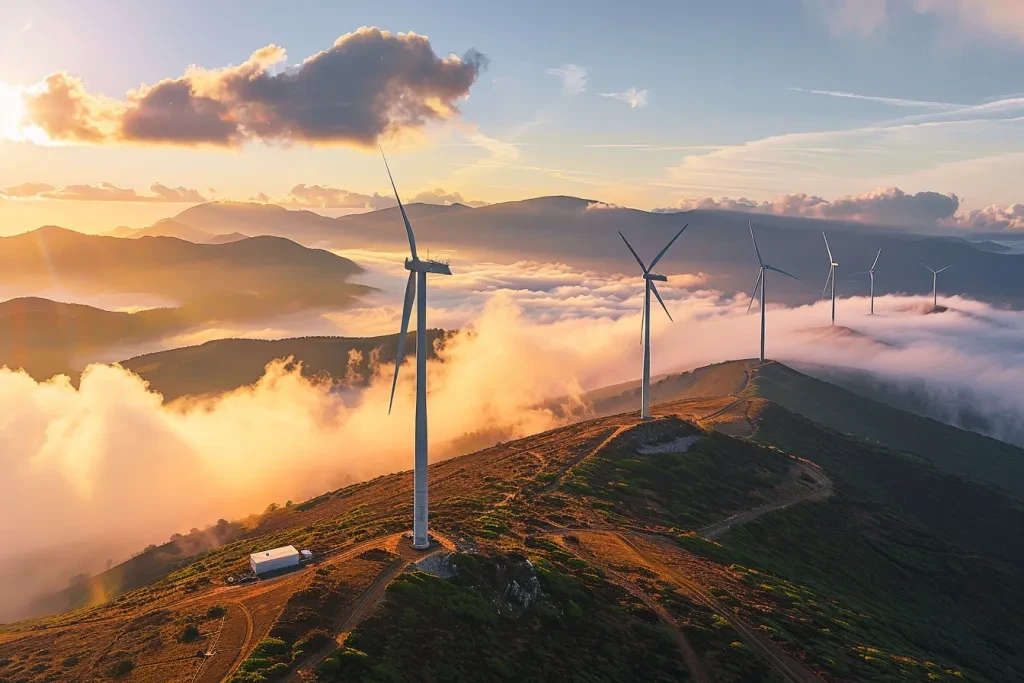
Sunrise wind, often characterized by its consistent and predictable nature, offers a unique advantage in the realm of wind energy. Unlike its counterpart, the afternoon wind, which can be erratic due to thermal effects, sunrise wind provides a stable source of power. This reliability enhances its attractiveness to energy providers looking for consistent energy outputs.
The significance of sunrise wind in renewable energy cannot be overstated. As the world shifts towards sustainable energy solutions, the need for reliable and efficient sources becomes paramount. Sunrise wind, with its early morning strength, fills this gap, offering a continuous supply of energy that complements other renewable sources like solar power. This synergy between different renewable sources is crucial for creating a balanced and resilient energy grid.
Moreover, the predictability of sunrise wind aids in energy planning and management. Energy providers can forecast power output more accurately, leading to improved grid stability and reduced reliance on backup power sources that often come from fossil fuels. This shift not only supports environmental goals but also enhances energy security.
Technological advancements in harnessing sunrise wind
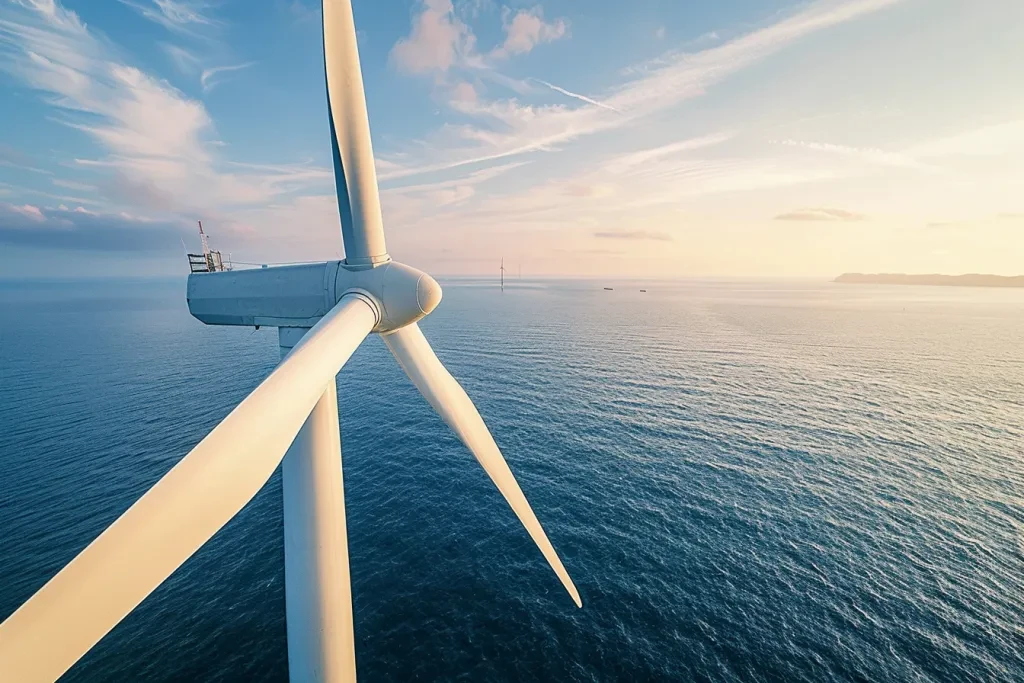
Technological innovation plays a pivotal role in maximizing the potential of sunrise wind. Advanced turbines, designed to capture lower wind speeds typical of early mornings, are at the forefront of these developments. These turbines feature larger rotor diameters and taller towers, enabling them to harness wind energy more efficiently at times when it was previously deemed uneconomical.
Beyond turbine design, the integration of smart grid technologies is revolutionizing how sunrise wind energy is utilized. Smart grids, with their real-time monitoring capabilities, allow for more efficient distribution of wind energy, ensuring that the power generated during the early hours contributes effectively to meeting the day’s energy demands. This integration addresses one of the key challenges in renewable energy: matching supply with demand.
Furthermore, advancements in energy storage technologies are enhancing the viability of sunrise wind. By storing excess energy generated during peak production times, energy providers can release it when demand surges, such as during the evening. This not only stabilizes the grid but also ensures a more consistent energy supply, further cementing the role of sunrise wind in a sustainable energy future.
Environmental impacts of sunrise wind energy
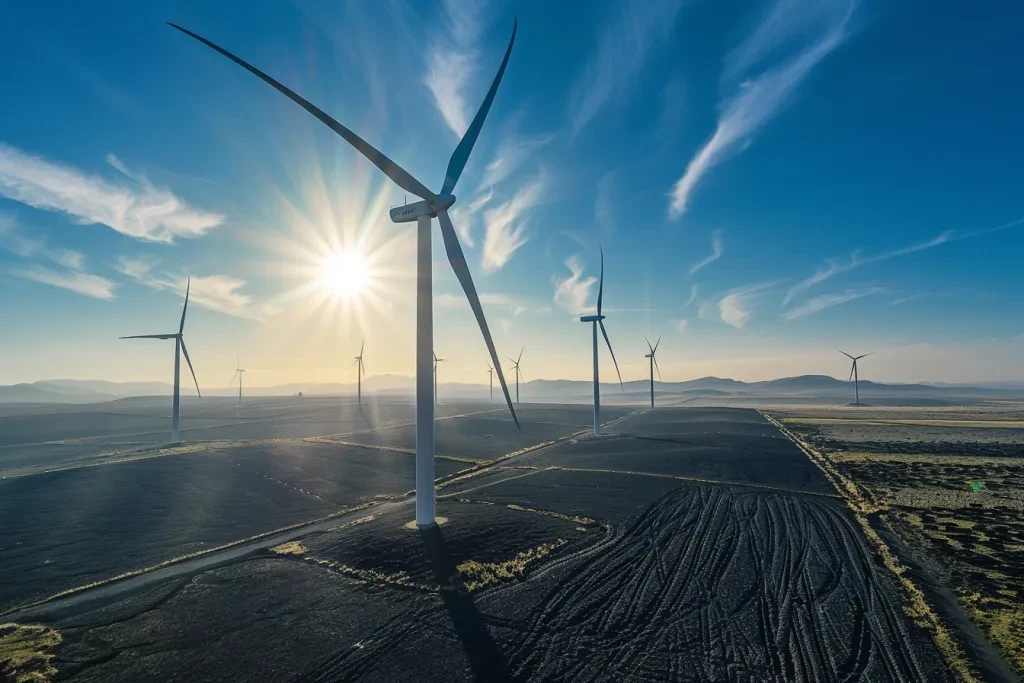
The environmental benefits of sunrise wind energy are profound. By providing a clean, renewable source of power, sunrise wind significantly reduces greenhouse gas emissions associated with conventional energy generation. This contribution is crucial in the fight against climate change, helping to mitigate its impacts and protect ecosystems.
Moreover, sunrise wind farms, when properly sited and managed, have a minimal footprint on local wildlife and habitats. The early morning wind patterns they harness do not significantly disrupt bird migration patterns, a common concern with wind energy projects. Responsible project development, coupled with ongoing environmental monitoring, ensures that sunrise wind remains a truly green energy source.
Additionally, the water-saving aspect of sunrise wind energy cannot be overlooked. Unlike fossil fuel or nuclear power plants, wind farms do not require water for cooling processes, conserving vital water resources. This advantage is particularly significant in areas facing water scarcity, highlighting the environmental sustainability of sunrise wind energy.
Economic benefits of investing in sunrise wind
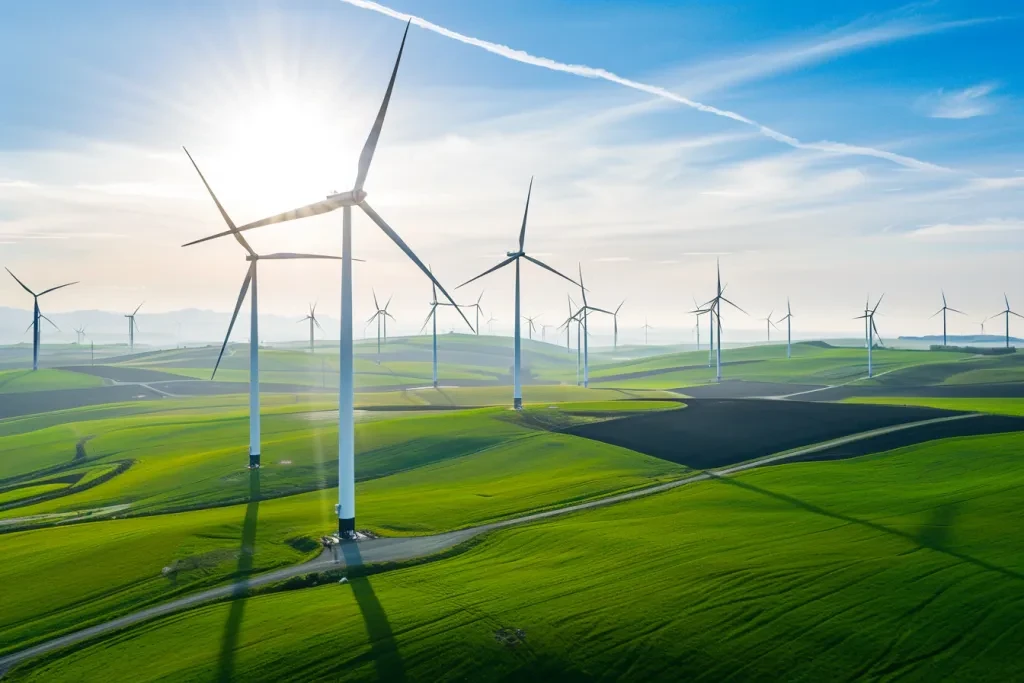
Investing in sunrise wind energy offers substantial economic benefits. Firstly, it creates job opportunities in various sectors, including manufacturing, installation, and maintenance of wind turbines. These jobs contribute to economic growth and support communities.
Secondly, sunrise wind projects can lead to lower electricity costs over time. The initial investment in wind farms may be high, but the operating costs are relatively low since wind is a free fuel source. This can result in competitive electricity prices, benefiting consumers and businesses alike.
Lastly, sunrise wind energy can enhance energy independence by reducing reliance on imported fuels. This shift not only has economic implications, such as improved trade balances and reduced exposure to fuel price volatility but also strengthens national security.
Challenges and solutions in sunrise wind energy adoption
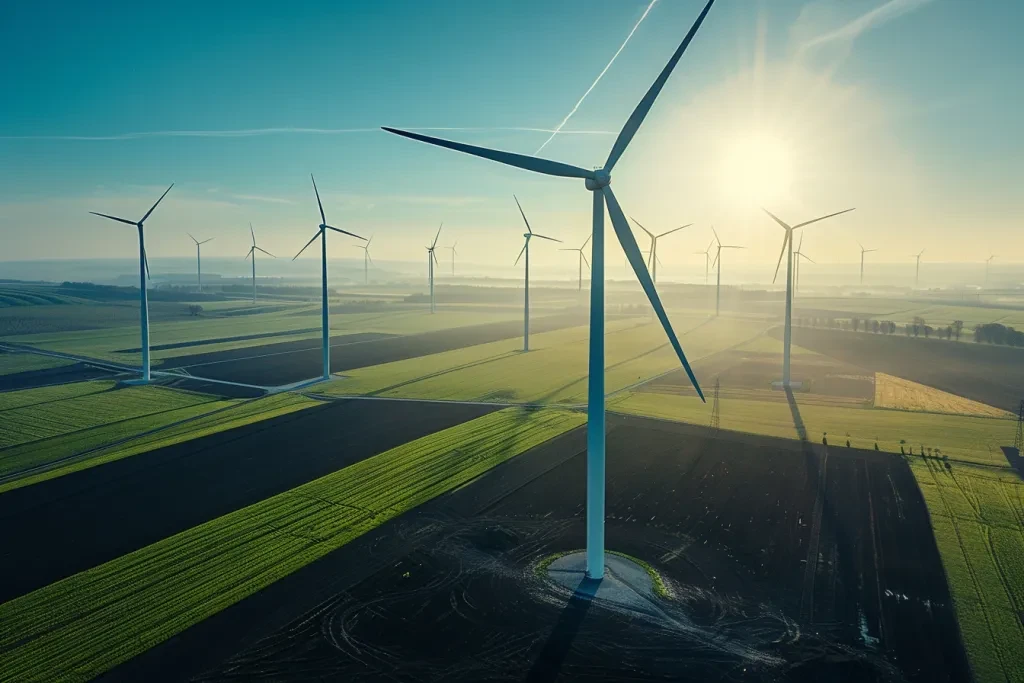
Despite its potential, the adoption of sunrise wind energy faces several challenges. One of the main hurdles is the initial cost of setting up wind farms. However, this can be mitigated through government incentives and technological advancements that lower costs over time.
Another challenge is public perception and local opposition to wind projects, often due to concerns about noise and visual impact. Addressing these concerns through community engagement and careful planning of wind farm locations can foster broader acceptance.
Lastly, integrating sunrise wind energy into existing grids poses technical challenges. Solutions include upgrading grid infrastructure and investing in energy storage technologies to ensure that sunrise wind can be effectively incorporated into the energy mix.
Conclusion
Sunrise wind offers a promising path towards a sustainable energy future. By understanding its significance, embracing technological advancements, considering its environmental impacts, recognizing economic benefits, and addressing adoption challenges, we can harness the full potential of sunrise wind. As we continue to explore and invest in renewable energy sources, sunrise wind stands as a testament to our commitment to a cleaner, greener planet.
